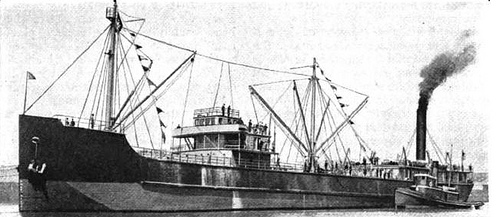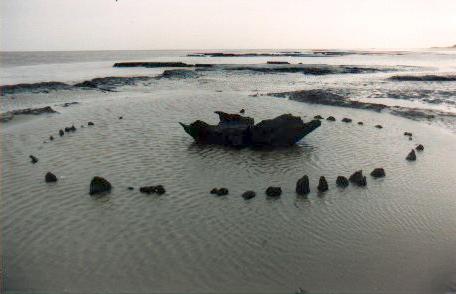There are four occasions on which remarkable masses of ice, of many hundred pounds in weight, are believed to have fallen in India. One near Seringapatam, in the end of last century, said to have been the size of an elephant. It took three days to melt. We have no further particulars, but there is no reason whatever for our doubting the fact.
— George Buist, “Remarkable Hailstorms in India, From March 1851 to May 1855,” in Report of the Twenty-Fifth Meeting of the British Association for the Advancement of Science, 1856



